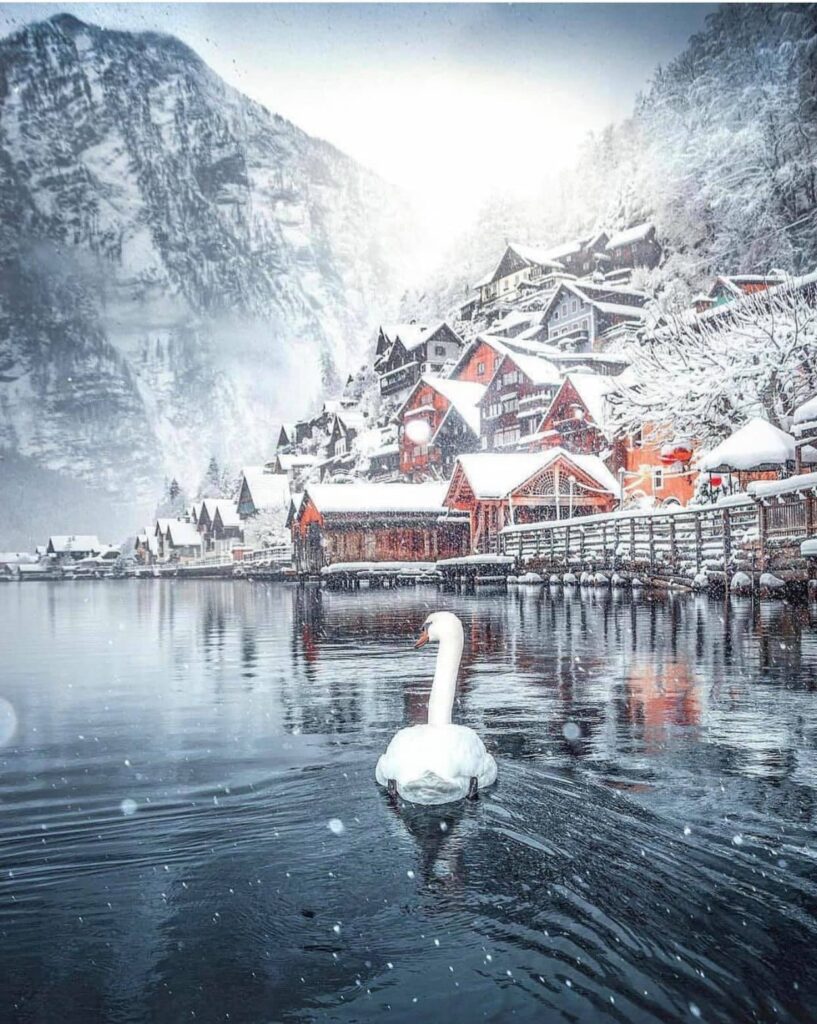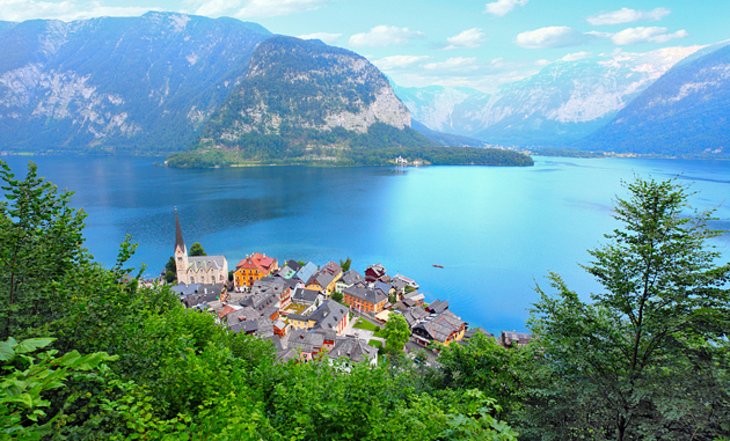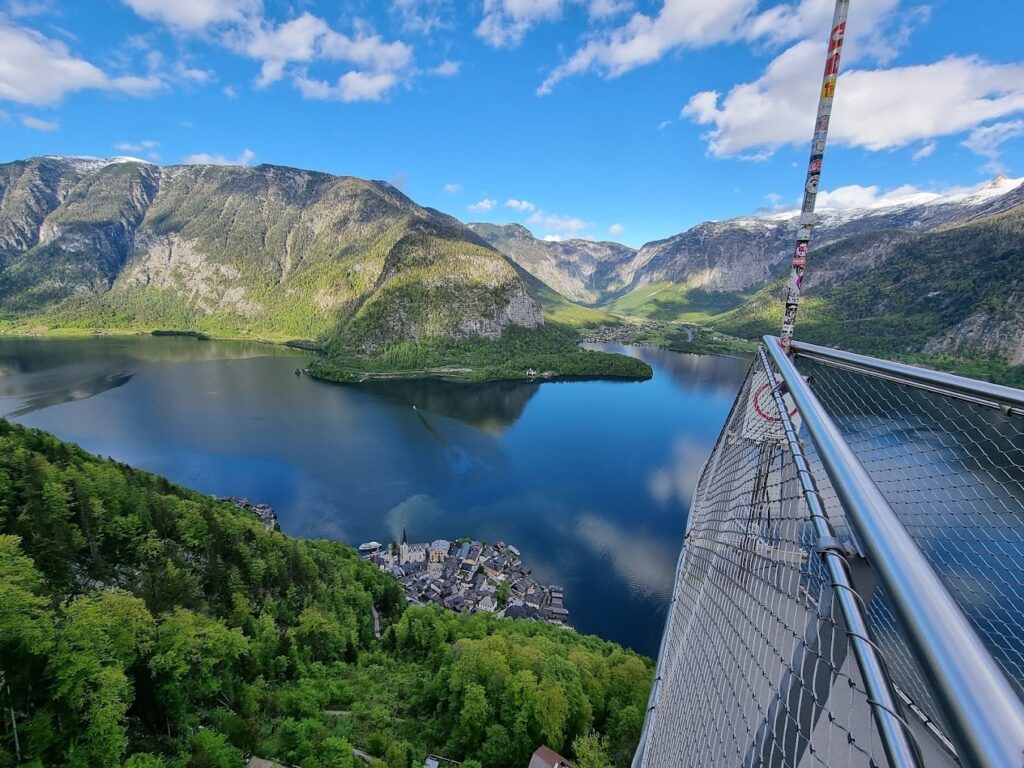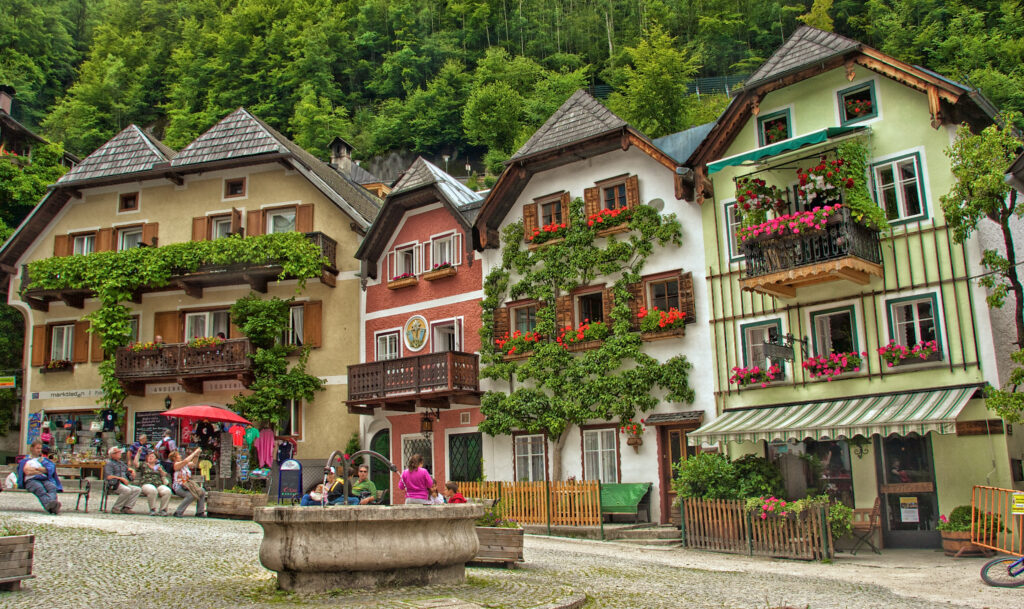Chinese Hallstatt – a perfect replica
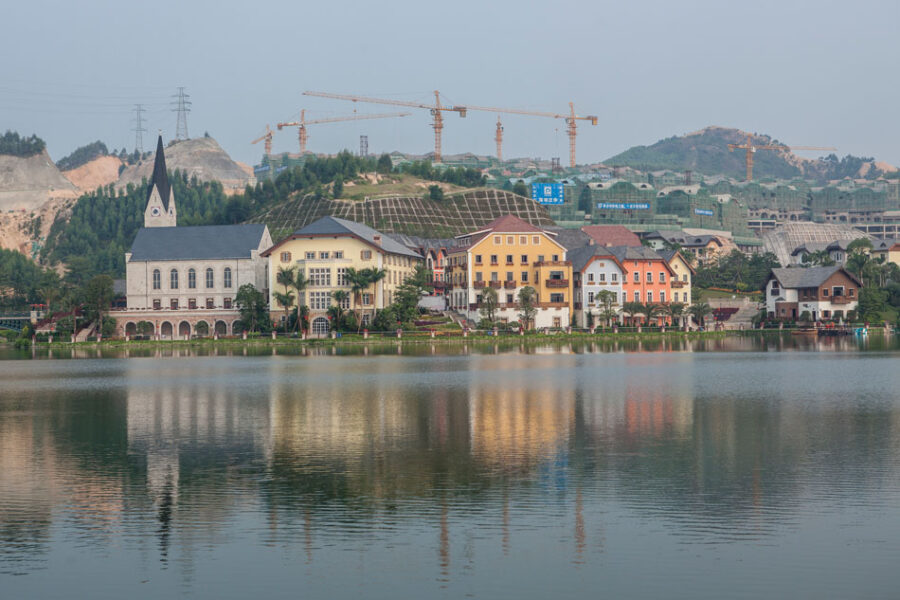
Chinese Hallstatt. Hallstatt is an unique place. It is not for nothing that it is a UNESCO World Heritage Site. It is famous for its beauty and popular among tourists all over the world. This is also due to the fact that Hallstatt is situated in a unique location surrounded on one side by the lake of the same name and on the other by the Dachstein massif.
As a result, there are many activities on offer for tourists to discover the beauty of the local countryside. Some people like the town so much that they no longer have to travel to the other continent to see it. They have created an exact replica of this city.
What is the Chinese version of Hallstatt?
We have become quite accustomed to “made in China” products and often these products have become part of our lives. As it usually happens, China has not stopped at products and continues to move forward.
Chinese Hallstatt is a unique project from China that brings the beauty of a UNESCO World Heritage Site to the Chinese population, for whom travelling to Europe is still expensive.
Chinese completed the entire construction in 2012 and for the ceremonony the officials invited mayor of Hallstatt, Austria. The entire area of China Hallstatt is one million square meters. Around The historic centre there are newly villas and townhouses.
Where is the copy of Hallstatt located?
The Hallstatt replica is located in the most industrial zone in Boluo Country, Guangdong Province, China. This copy here is only a housing estate compared to the size of the whole city.
Is this replica of Chinese Hallstatt believable?
There is really everything here, the Hallstatt church, the shops with Austrian products, the beer hall, the promenade, but also a huge water fountain. In the replica of the evangelical church, however, you will not find pews but information boards about this Chinese project.
And if you think Lake is missing here, you’re wrong. It is a replica of a natural lake, 170,000 square metres in size and up to 20 metres deep in the deepest part. And you can swim in it too.
Perception of the project in Austria
In May, a Chinese company reached out to the mayor of Hallstatt, Austria regarding constructing some houses in China that were inspired by the Hallstatt style. However, it later came to light that the Chinese company planned to build an entire luxury residential area with family homes, restaurants, shops, and leisure facilities that would be a replica of the renowned and picturesque town situated in the Austrian Salzkammergut.
The residents of Hallstatt did not welcome this project. They only found out that someone was copying their houses during the construction in China. No one asked them in advance.
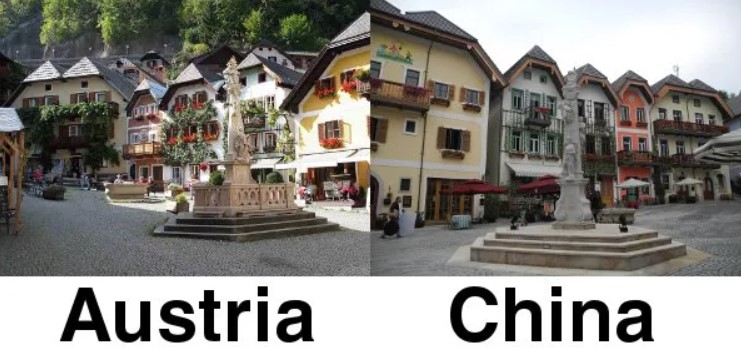
The locals found out about the project by accident, when one of the Chinese visitors spoke to the owner of the hotel and told her that he was working on a copy of Hallstatt Austria for China.
The Hallstatt delegation, which travelled to China for the 2012 opening ceremony, said it was proud, on the one hand, that the town had become the source for the copy. On the other hand, she expressed dissatisfaction with the way the finished copy.
On the other hand, the mayor of Hallstatt believes that this copy will make a good advertisement for the real Hallstatt in Austria.
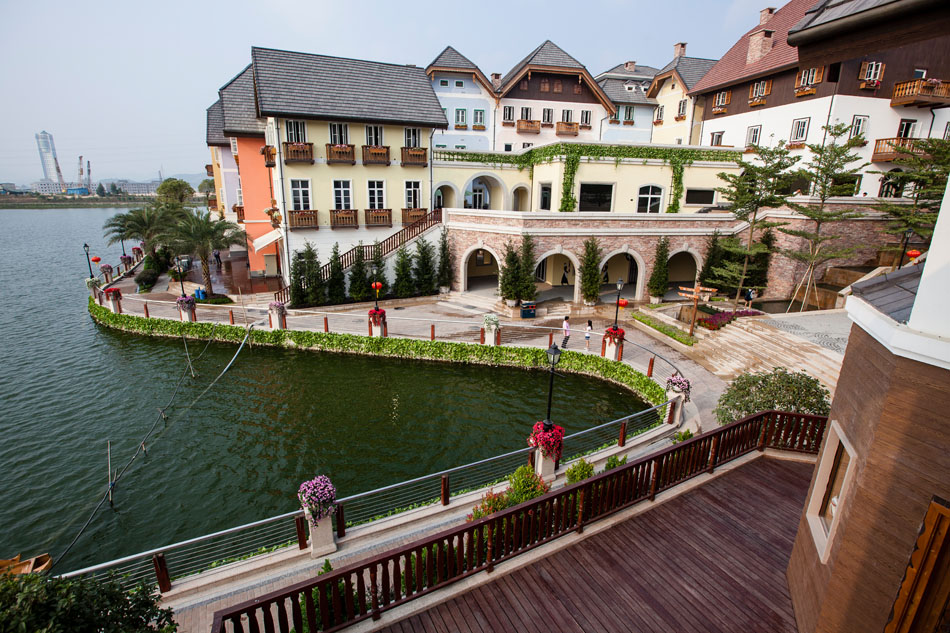
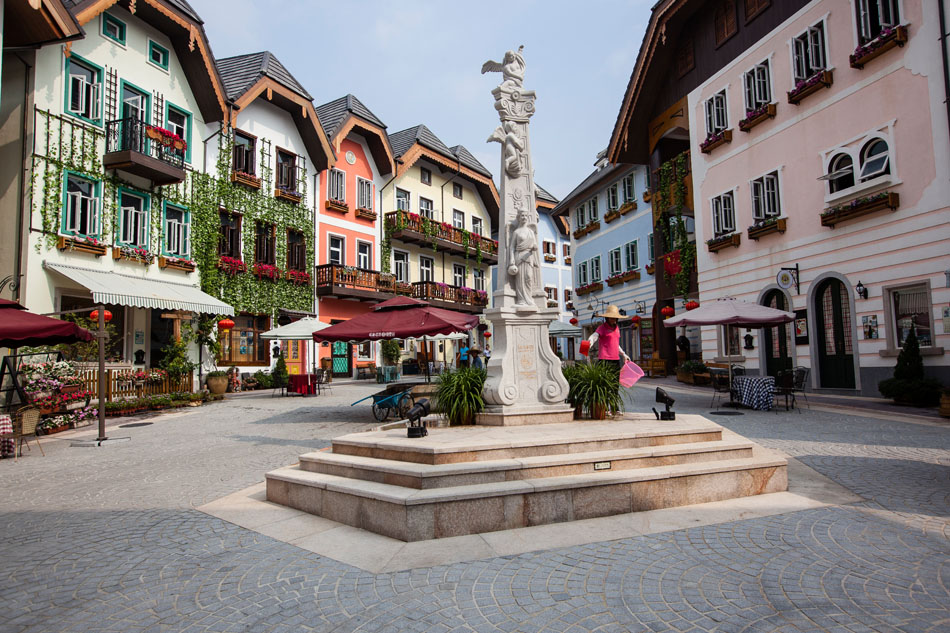
Why do the Chinese make these copies – Hallstatt, Paris, Venice etc.?
It is the most populous country, certainly full of creative people. I’m sure you’re also asking yourself, why are the Chinese making these copies? And there are many possible reasons.
In fact, the Hallstatt copy is not the only one that has grown in China. Among other copies we can mention Venice, Paris, but also Manhattan. Their true meaning remains a mystery to many foreign visitors.
Looking back in history, China has always been remarkably good at adopting aspects of other countries and cultures. It has then reinterpreted these aspects to fit into the Chinese context. This copying is in Chinese culture as a kind of power or even domination.
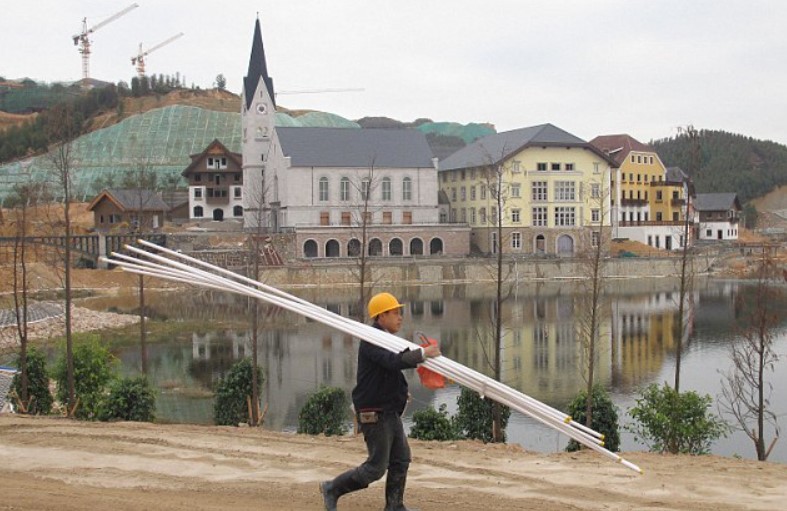
To comprehend the creation of Chinese cities with Western-style copies, it is essential to acknowledge the cultural and economic environment during their inception. Chinese architecture faced a substantial decline during the communist era, with only specific types of structures authorized for construction. The result was a plethora of hastily built, pale, block-like buildings and apartment complexes, leading to China being referred to as “a thousand cities with the same face.”
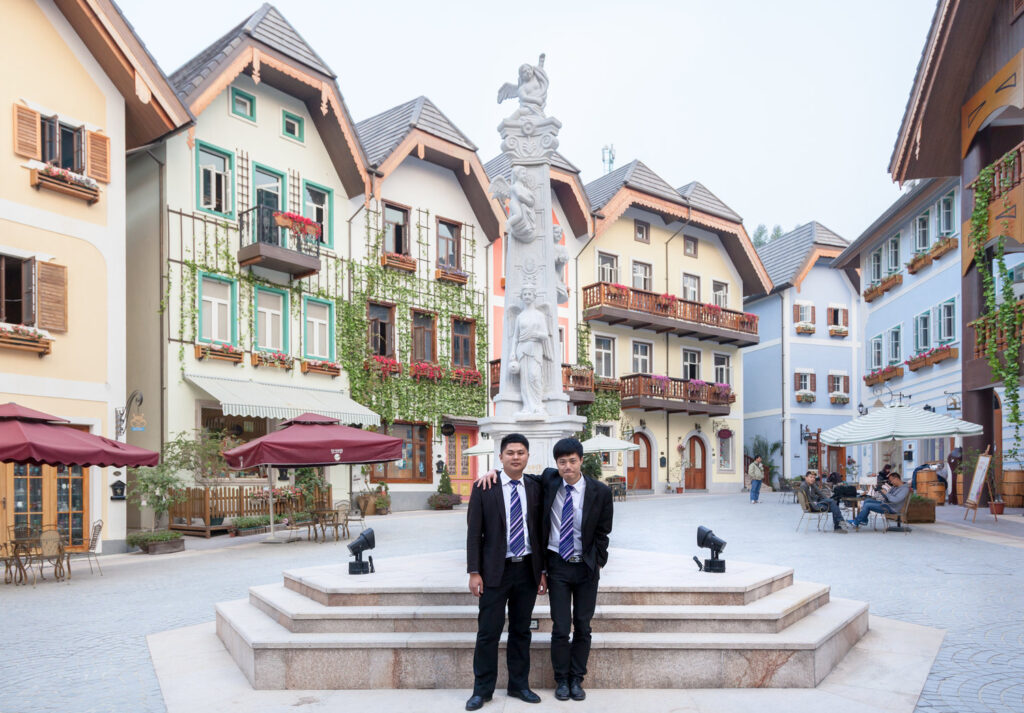
During the 1990s, when regulations were eased, there was a need for apartments that differed from the typical ones, leading to a surge in Western-style architecture. Hence, constructing replicas of Western-style buildings in China is an attempt to make the location more profitable and enhance its marketability.
Is this Chinese version a good promotion for Hallstatt?
These projects get a lot of media attention. No one would have been interested in Guangdong Province if Hallstatt II had not been built there. No less these places are really popular, especially with Chinese tourists. The bad effect of this is that often the average Chinese person has no idea whether Hallstatt is in Austria or Australia.
What does that imply?
The original Hallstatt is truly one of the most beautiful places in the world. Otherwise, it wouldn’t have been copied by China. You can only find such a traditional Austrian atmosphere in one of these places. Hallstatt will always retain its uniqueness. Austrian Hallstatt may be replaceable to the eye architecturally, but no less so in terms of culture, unique nature and great opportunities for sports or leisure activities.
